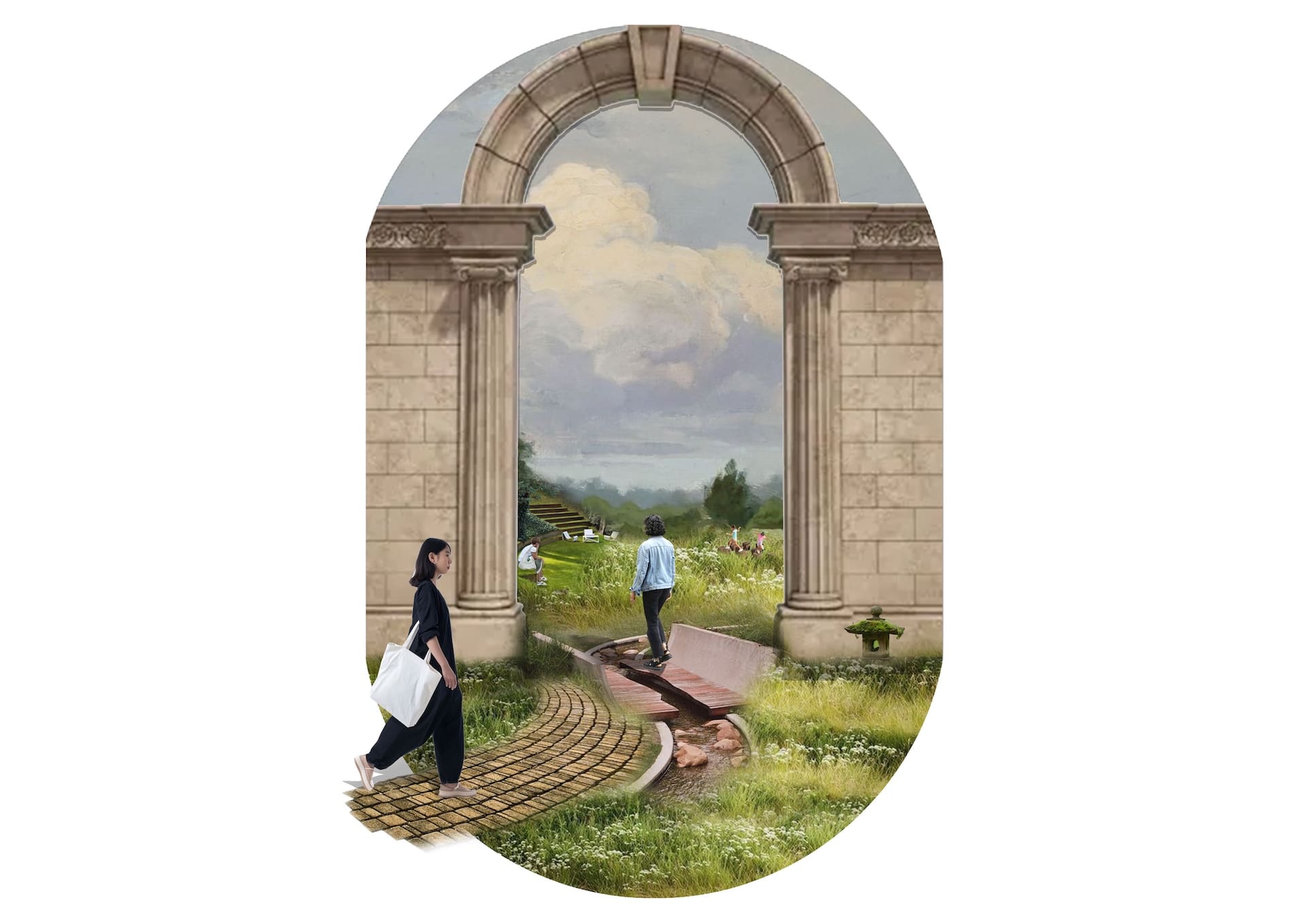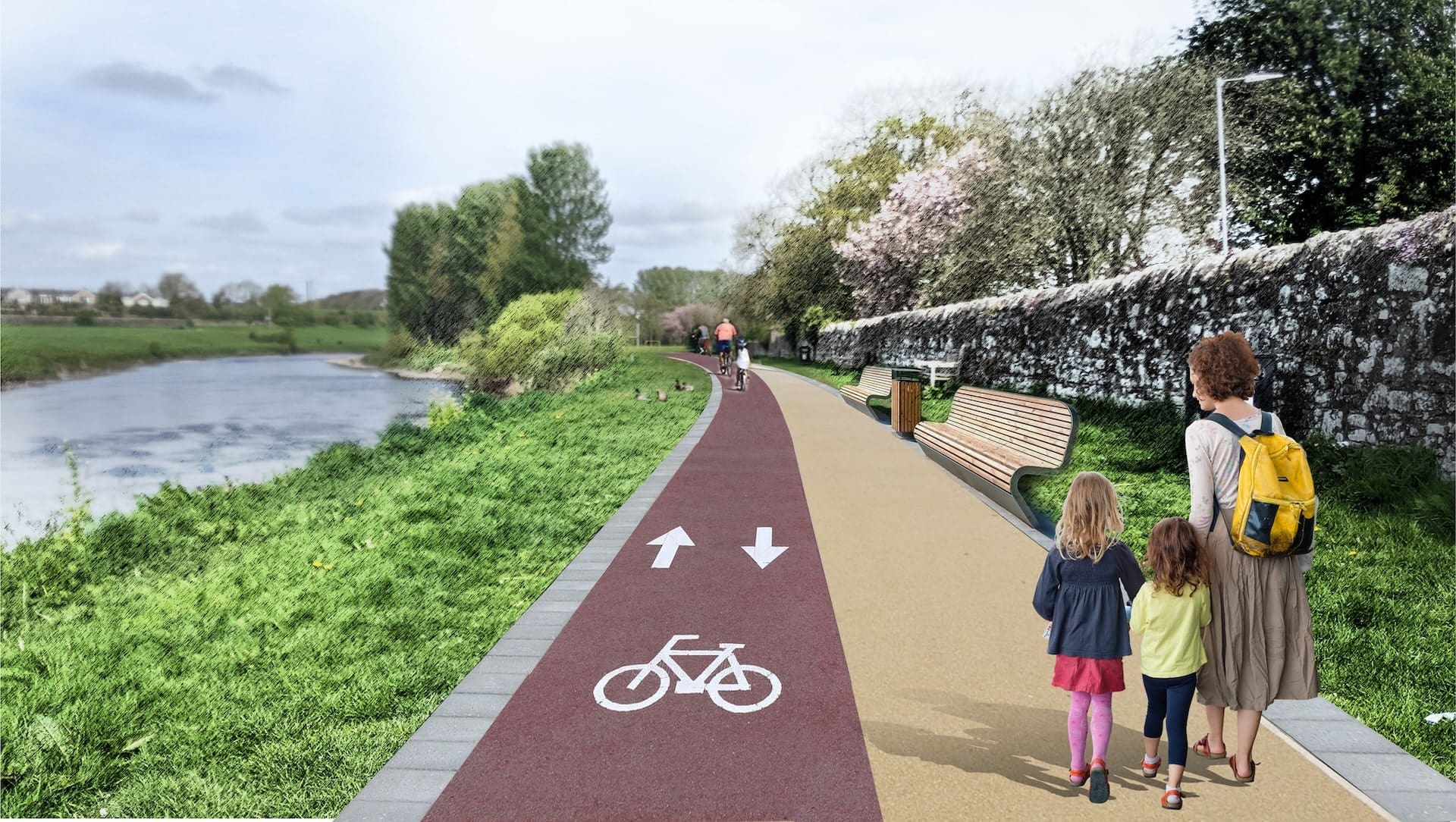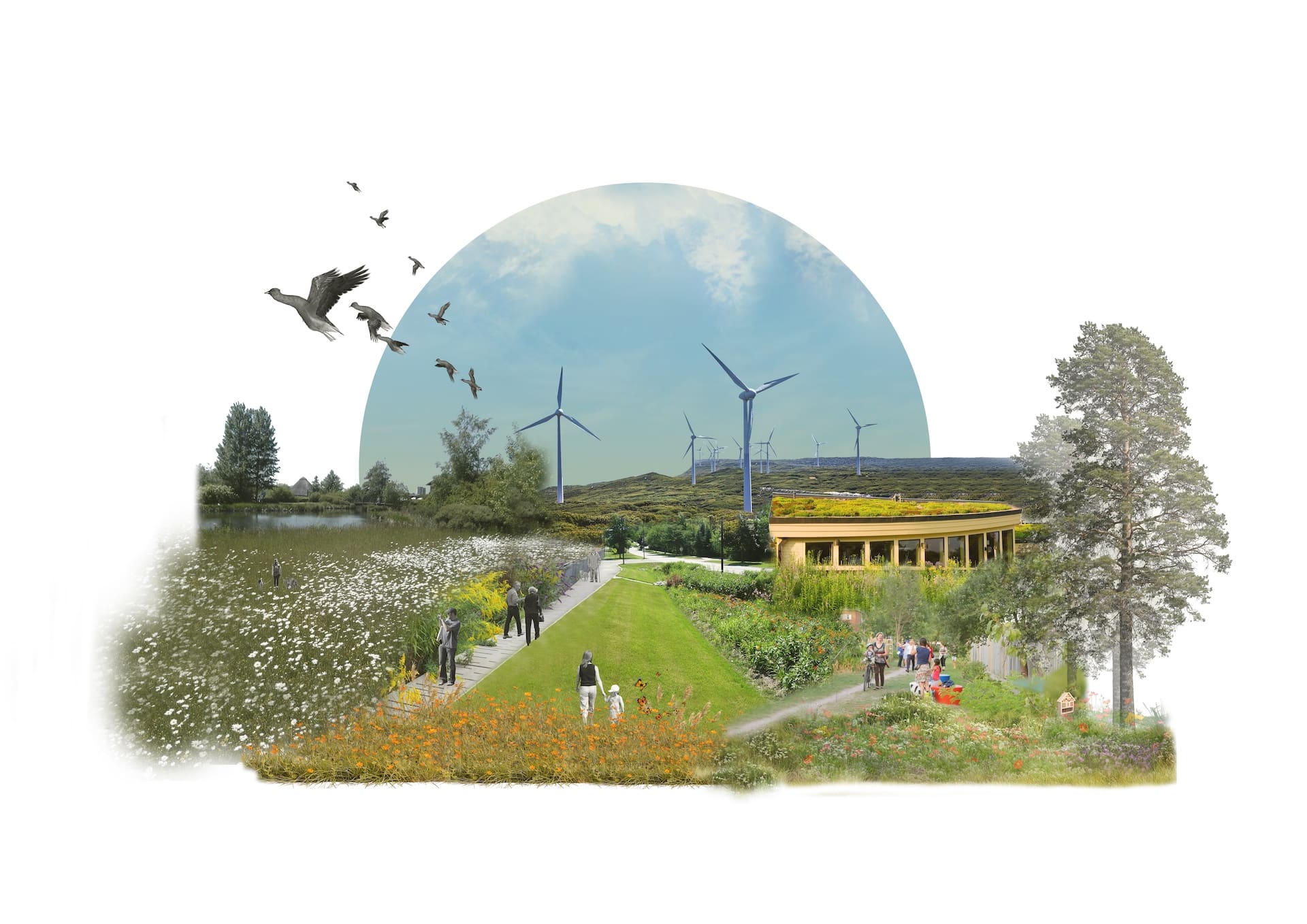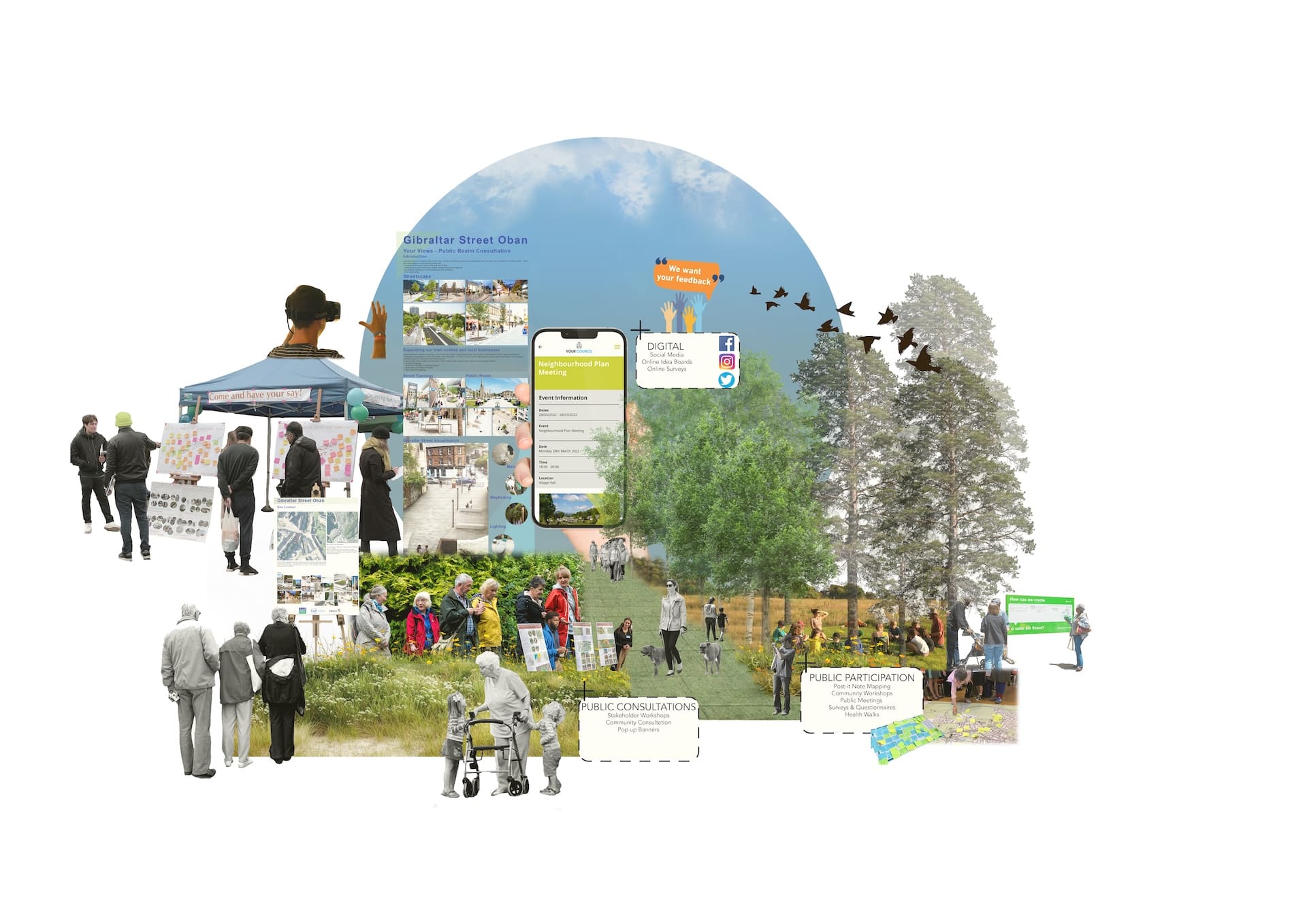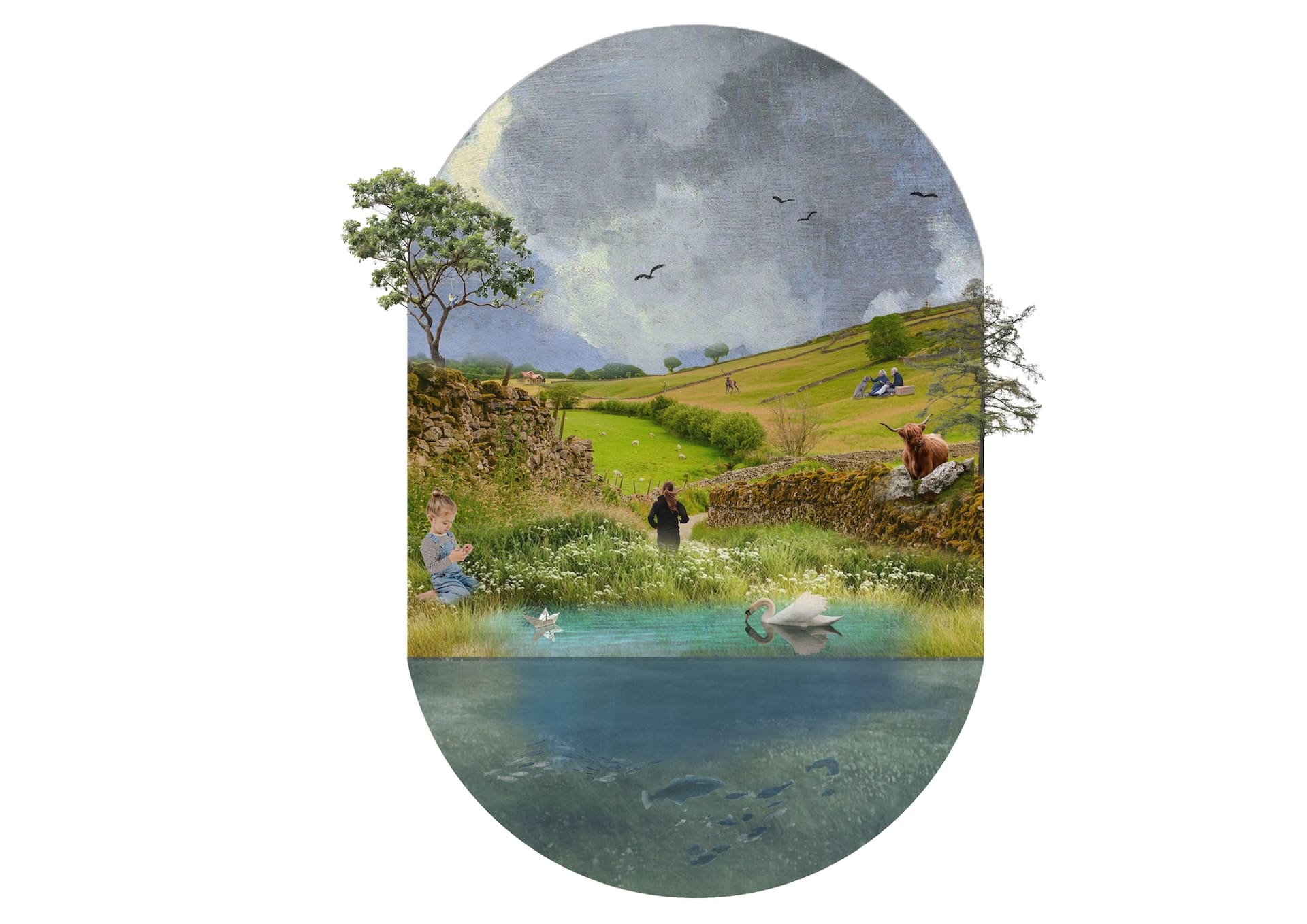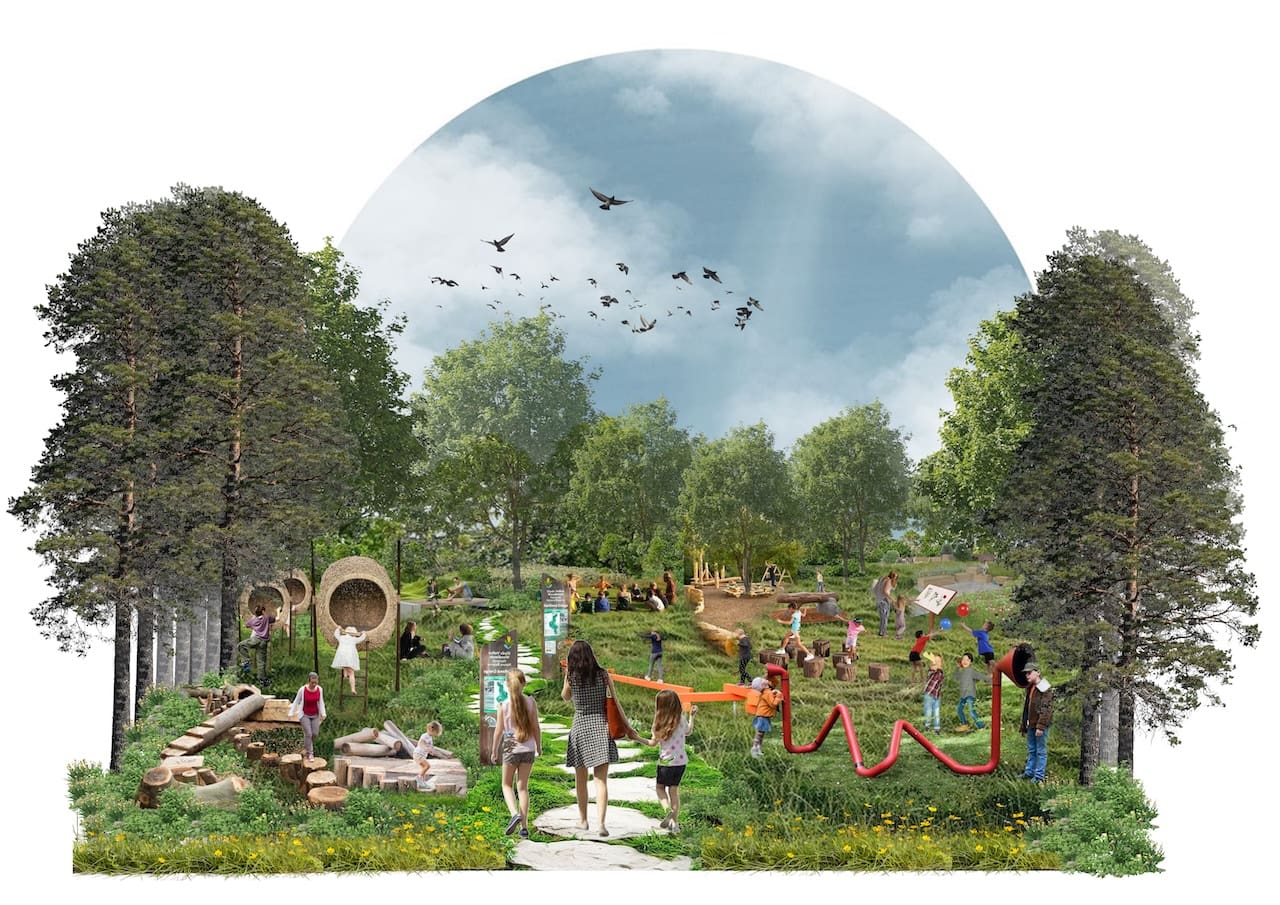Written by Aishwarya Kohli
Sense of place emerges as a critical design principle in landscape architecture, emphasizing the creation of distinctive environments that reflect the unique cultural, historical, and environmental characteristics of a specific location. Landscape architects employing this principle conduct thorough site analysis to understand the genius loci—the inherent spirit of a place—by examining topography, climate patterns, indigenous vegetation, and the cultural narratives that have shaped the landscape over time.
Material selection becomes paramount in establishing place-based identity, with designers prioritizing locally sourced stone, timber, and other construction materials that connect the built environment to regional geological and ecological systems. The integration of vernacular design elements, traditional building techniques, and culturally significant plant species helps create landscapes that resonate with local communities and honour their heritage. Water features are designed to reflect regional hydrological patterns, whether through xerophytic gardens in arid climates or rain-fed meadows in temperate regions, reinforcing the connection between design and environmental context. Spatial organization often draws inspiration from traditional settlement patterns, agricultural practices, or natural landforms that have historically defined the character of the region.
Views and vistas are carefully framed to highlight significant landmarks, natural features, or cultural monuments that contribute to the area’s identity and collective memory. Sensory experiences are crafted to evoke the unique qualities of place through the selection of fragrant native plants, the incorporation of local sounds like water features that mimic regional streams, and textures that reflect indigenous materials.
Community engagement becomes essential in developing place-based designs, as landscape architects collaborate with residents to understand their emotional connections to the landscape and incorporate meaningful cultural practices or gathering spaces. The resulting landscapes function as vessels for place-making, fostering community identity and environmental stewardship while creating memorable experiences that could not exist anywhere else in the world.
